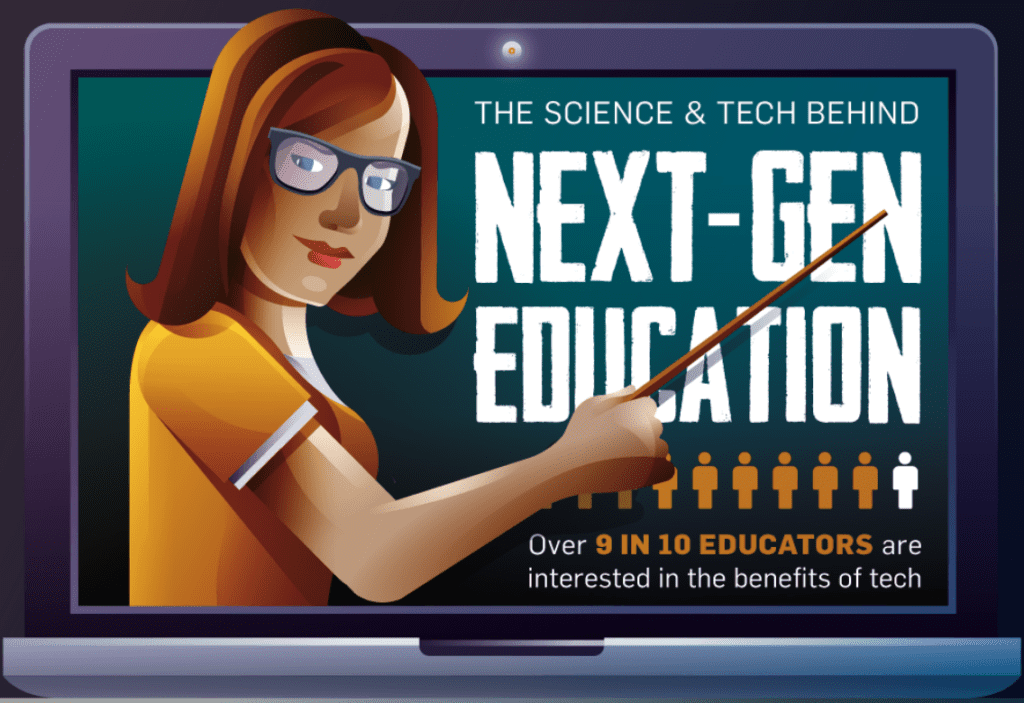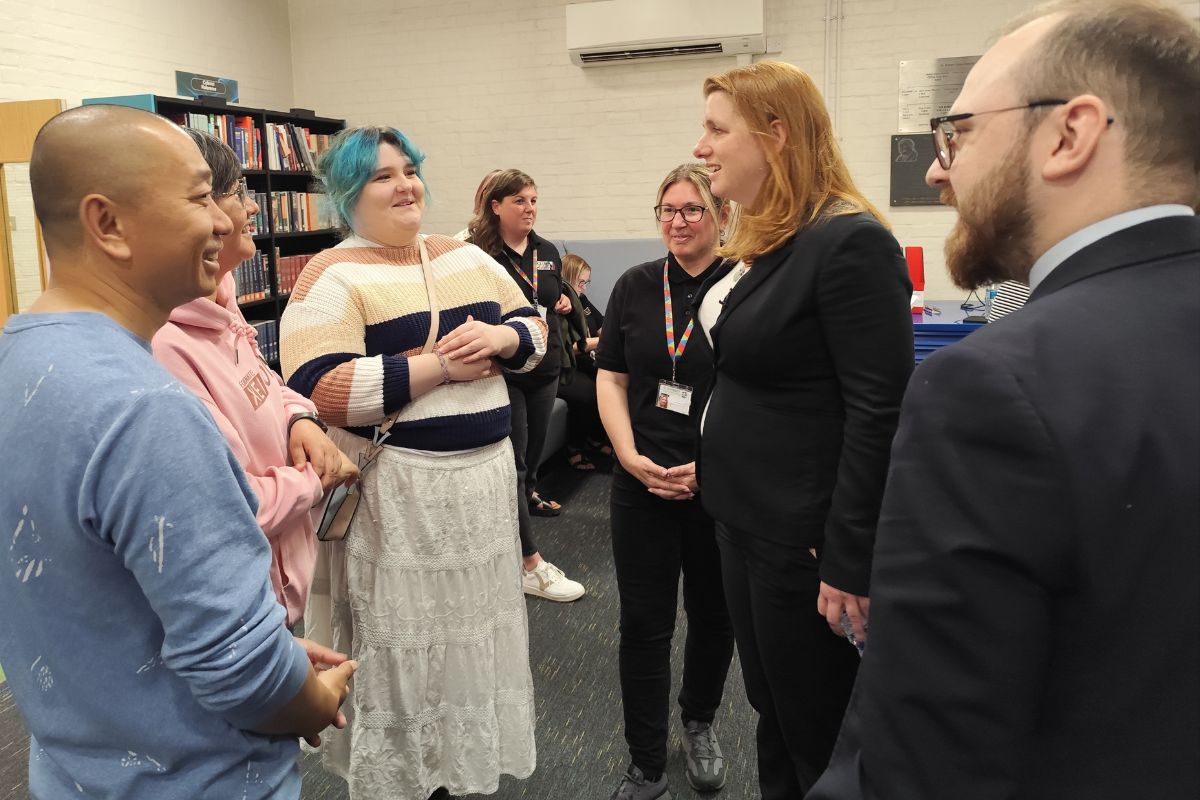As the use of in-class #EdTech increases Flipped Classrooms are on the rise

#ArtificialIntelligence (#AI) isn’t new, but its role in the #education sector is – How will the classrooms of the future look?
Thanks to video and data science, Flipped Classrooms are on the rise.
Project based learning vs. flipped learning Which is best for closing the STEM skills gap? by @MathWorks via @FENews https://t.co/8hTUxlIYc6 #PBL #BlendedLearning #STEM pic.twitter.com/QRVrsJfJmJ
— TU Incubator (@TUincubator) February 7, 2018
In fact, it’s completely revamped the dynamic of classrooms.
Even better, the new teaching method is improving performance among students and educators.
Moreover, chatbots provide a plethora of educational benefits such as improving how students learn and providing teachers with more time to focus on relaying content.
Parents benefit from the educational sector’s recent incorporation of technology, as well.
Although #EdTech already proves to be the #FutureofEducation, what do educational institutions and educators have to say about the transition?
Interestingly enough, the leaders in education are the primary campaigners for technology in the classroom.
Some quick stats:
- 1 in 3 education professionals see video as a way to reach students who don’t have access to classroom learning.
- Over 9 in 10 educators are interested in the benefits of tech.
- 98% of educators are interested in VR/AR/360 video.
- 98% of educators think that interactive video – in which content changes depending on view behavior – is going to be important to education in the future.
- 86% of educators think students need video capture skills to succeed in their future workplace.
Now, let’s discuss some of the primary benefits of technology. To begin, in-class technology provides students with lifelong learning that will likely transcend into their future careers. More than ever, students will need the ability to continue learning new skills throughout their lives, and exposing youth to technology at a young age proves most beneficial.
Furthermore, 1 in 3 15-year-olds plans to enter one of the top 10 most popular occupations, regardless of whether they’ll continue to be in demand by the time they’re eligible for hire. This is when an extensive background in technology can put our students above their competition.
For example, the job market for data scientists is booming. Using chatbots for education is a great way to develop our students’ interest in artificial intelligence at a young age. Chatbots also provide spaced interval learning, give immediate feedback, and self-paced learning to students.
Some quick stats about in-class chatbot use:
- By reviewing material repeatedly over time, students are better able to remember what they’ve learned.
- Software algorithms can predict when you’ll start to forget what you’ve learned – catering to spaced interval learning.
- AI can score papers with 92% accuracy in comparison to human graders, freeing time for teachers.
- Learners who receive feedback immediately show greater improvement than those who get delayed feedback.
- Chatbots can track student performance and adjust the curriculum to better meet their individual needs.
Still, it’s important to remember that chatbots serve as a guide to help pace student learning, not to replace teachers or professors.
Robots will never replace teachers: But teachers who use edtech effectively will replace those who do not says @hema_tank in @FENews https://t.co/aE3tSUYDh2 #edtech #ukedchat pic.twitter.com/n6uGyt9T21
— EdTech Impact (@TheEdtechImpact) May 31, 2019
Current chatbot programs and algorithms being used in the educational sector can be exemplified by the Snatchbot, Summit Learning Project, and IBM’s Jill Watson.
The Snatchbot is a free chatbot that can be embedded into learning platforms such as Blackboard, and can be programmed with answers to FAQs relating to the course syllabus, and can even provide answers with links and images to help guide students through their course.
Chatbots made by the Summit Learning Project adapt to each student, learning their habits to enable self-paced learning. These chatbots essentially act as a virtual tutor that notes students’ trouble spots and adjust to their needs. In further benefits, teachers can focus on creating lessons while chatbots take over.
Jill Watson is a chatbot that was built on IBM’s Watson and trained using data from the course’s forum. Jill Watson was created by Asok Goel at Georgia Tech and was added to an online course as a teaching assistant. Funnily enough, students had no idea Jill was really an AI bot. To demonstrate its capabilities, Jill answers routine, technical questions students may ask, such as “Where do I find ____?”
Outside of artificial intelligence and video, tools like Facebook Messenger and Remind assist teachers and staff members in communicating with parents and older students outside of the classroom.
The future of education lies in the hands of technology.
How have you observed the educational sector integrate technology into the classroom?












Responses